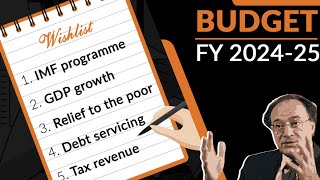SYDNEY: The Australian and New Zealand dollars were trying to sustain a rally on Thursday as signs of a revival in Chinese demand bolstered commodity prices, while bonds took a knock from global inflation concerns.
The Aussie was holding at $0.6758, having bounced from a two-month low of $0.6695 overnight.
It needs to clear the 200-day moving average at $0.6794 to keep the recovery going.
The kiwi dollar outperformed with a rally to $0.6253 , having gained 1.1% overnight from a low of $0.6166.
It faces resistance around $0.6270.
The kiwi benefited from a bout of speculative buying against the Aussie, which saw the latter slide 0.7% overnight to a five-week trough at NZ$1.0781.
The shift followed data showing the Australian economy slowed more than expected last quarter as rising rates and high inflation ate into consumer spending power.
There was more negative news on Thursday with approvals to build new homes diving 26.7% in January, more than wiping out a 15% jump the previous month and taking approvals for houses alone to a decade low.
The soft reports led the market to modestly pare back expectations for how much further the 3.35% cash rate might need to rise, to nearer 4.10% from 4.35%.
That had initially sparked a bounce in bond futures, which was partially undone overnight when inflation readings in Europe and the United States surprised on the high side.
Australian, NZ dollars reverse losses on upbeat China PMIs
Three-year bond futures eased back 4 ticks to 96.440, though that was still up on the week and kept yields below those on US Treasuries.
“Australia’s interest rate sensitivity and housing sector is different and we think that rate hikes are biting,” said Andrew Ticehurst, an economist at Nomura.
“We note this appears to contrast with the recent European and US experiences and remain comfortable with our view that the local cash rate will peak at a level materially lower than the US fed funds rate - 4.10% versus 5.50-5.75%.”
Supporting the Aussie was a rise in prices for key commodity exports following strong readings on Chinese manufacturing and services which bolstered the outlook for demand.
China accounts for 40-60% of industrial metal demand and takes 65-70% of the world’s iron ore, which is Australia’s biggest export earner.



















Comments
Comments are closed.